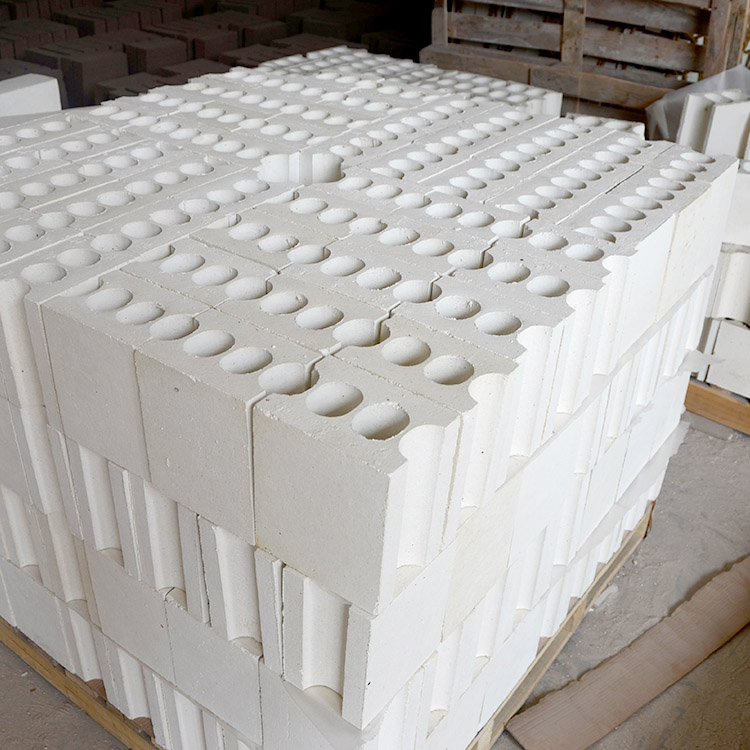
Are you struggling with the rapid wear of pallets in roofing tile production? This article aims to provide in - depth insights and practical solutions to this common problem, focusing on the performance of composite corundum mullite pallets and their comparison with traditional refractory materials.
In the production of roofing tiles, the high - temperature environment, the friction between tiles and pallets, and the chemical reactions during the firing process are the main factors leading to rapid pallet wear. For example, the repeated thermal cycling in the kiln can cause structural changes in the pallet material, gradually reducing its strength and abrasion resistance.

Let's compare the performance of common refractory bricks and composite corundum mullite pallets. In a long - term test, traditional refractory bricks showed significant wear after 300 thermal cycles at 1200°C, with a wear rate of about 15%. In contrast, composite corundum mullite pallets only had a wear rate of 3% under the same conditions. The following table shows the comparison:
| Pallet Material | Wear Rate after 300 Cycles at 1200°C | Estimated Service Life |
|---|---|---|
| Common Refractory Brick | 15% | About 600 cycles |
| Composite Corundum Mullite | 3% | About 3000 cycles |
Different ceramic products, such as mosaics, sanitary ware, and roofing tiles, have different requirements for pallet performance. Mosaics require high flatness and smoothness of pallets to ensure the quality of the final product. Sanitary ware, with its large size and complex shape, needs pallets with high strength and good thermal stability. Roofing tiles, due to their large volume and relatively rough surface, put high demands on the wear resistance of pallets.

In the temperature range of 1000°C - 1400°C, pallets are at risk of deformation. To identify deformation risks, regular inspections can be carried out. For example, measuring the thickness and flatness of pallets every 50 thermal cycles. If the deformation exceeds 2mm, it is recommended to replace the pallet. In terms of maintenance, cleaning the pallets after each cycle can remove residues and reduce the risk of chemical reactions, which helps to extend the service life of the pallets.
One of our customers, a roofing tile manufacturer, used to use common refractory bricks. They had a high scrap rate of about 10% due to pallet wear. After switching to composite corundum mullite pallets, the scrap rate dropped to 2%, and the equipment utilization rate increased by 15%. As the customer said,
"The composite corundum mullite pallets have really solved our long - standing problem. The wear is significantly reduced, and our production efficiency has been greatly improved."
By choosing the right pallet material, you can reduce the scrap rate, extend the pallet life, and improve the kiln efficiency. This not only saves costs but also enhances the overall competitiveness of your production.
Do you have similar experiences in pallet selection and use? Feel free to share your thoughts and experiences in the comments below. If you want to learn more about ceramic pallet selection, click here to get the "Ceramic Pallet Selection White Paper" PDF.

